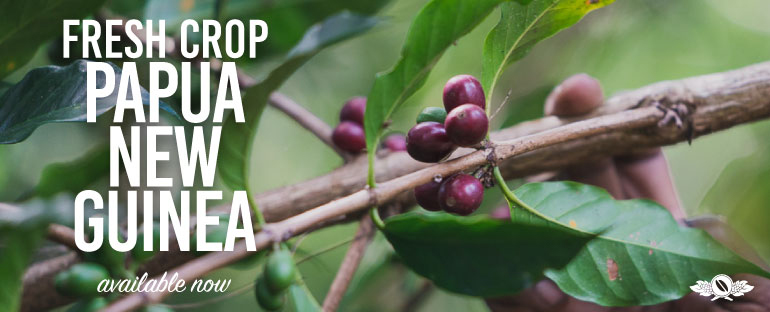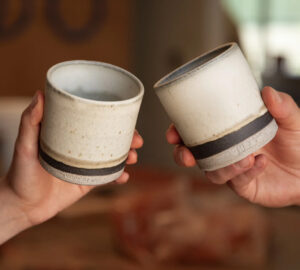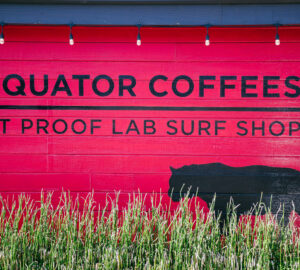We read a lot of coffee articles here at Sprudge; it’s part of our regular news trawl to deliver you the most interesting coffee stories on the internet each and every day. As you can no doubt imagine, many of them are bad. Most of the time we just leave them be; there’s almost always something more interesting to talk about in coffee beyond media critique. But sometimes an article appears on an otherwise reputable publication is so huh?! inducing that we feel compelled to speak on it. See something, say something.
And so it goes with a recent article from Tasting Table, which includes some frankly wild claims about exactly what espresso you should use to make an Americano. The article is titled The Only Type Of Coffee Roast For Truly Vibrant Americanos, and in it, Tasting Table has the absolute gall to state that there is in fact only “really only one option for a proper Americano.”
That option? “The deepest, darkest roast.”
Why would anyone think this? How might a major national publication justify this terrible take? Well try this tasty lick on for size:
Espresso relies on the deep, dark flavors and oils produced by beans roasted to a darker hue. Espresso is more viscous than regular black coffee because of the oils brought out by the darker roast… If you were to add water to a brew made of a lighter roasted coffee, the results wouldn’t be as rich simply because the beans lack the oils developed by longer roasting times.
Just… what? Where to even begin. First thing is all of this is just fundamentally false. Espresso is not espresso because of sweaty coffee beans. All coffees have oils, even if the bag of beans doesn’t look like it just finished its trial class at a CrossFit gym. The idea that dark dark roast provides some sort of additional depth of flavor makes no actual sense. At some point on the roasting curve, you are no longer tasting the coffee and just tasting the roast. The thin, bitter, smoky roast. The roast level being espoused here is past that point. You could in fact argue that dark roast at this level has even less nuance because it’s all masked by the taste of the cook. It’s like grill god Hank Hill says, you want to “taste the meat, not the heat.”
And not to nitpick here, but if we are talking about “vibrant” Americanos as the headline suggests, shouldn’t you be shading toward a lighter roast? The lighter side of medium tends to be zippier in flavor—indeed, more or less the sum whole of coffee drinking in the 21st century is predicated on this notion. Not casting any aspersions on dark roast here—we love a good medium-to-on-the-fuller-side roast from time to time and in the right hands—but “vibrant” is not a typical flavor descriptor for it, and implying that it is somehow the “best” flavor profile for an Americano is ludicrous.
The truth of the matter is that a vast range of roasts that can produce wonderful espresso, depending upon what sort of profile you crave. Thus, the “only” type of coffee roast you should use for your Americanos is the one that you like for your espressos, whatever that may be.
What is an Americano if not just an espresso with a little hot water added to allow the flavors more room to open up? Why not use the roast level that is going to provide those particular flavors? Medium or light roasts can be absolutely delicious as an Americano, Little Buddy, Tiny-Cano or whatever you want to call the combination of hot water and espresso at varying ratios.
The real answer is that there is no one “right” answer to what the best espresso roast is for an Americano; it is frankly a ridiculous hook for a story in the first place. Whatever roast level gives you like in an espresso or an Americano is the one for you. Dark roast is not better for an Americano, and conversely, lighter or medium roasts can also be great when combined with hot water. Anyone who says otherwise or proffers any normative claims about the only way to do something is politely but fervently invited to go taste a table.
Zac Cadwalader is the managing editor at Sprudge Media Network and a staff writer based in Dallas. Read more Zac Cadwalader on Sprudge.

























